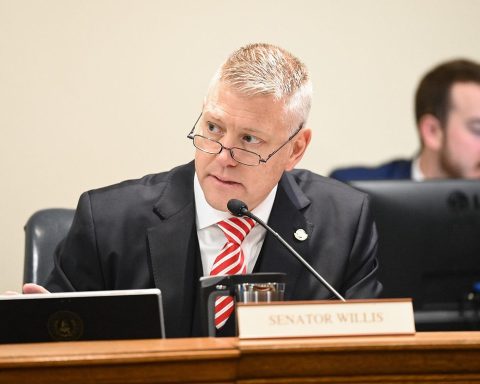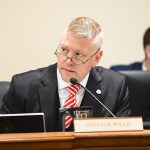CHARLESTON — On Tuesday, Gov. Patrick Morrisey announced two clean water infrastructure grants totaling more than $9 million for Tucker and Wood counties, along with nearly $100 million in federal match funding secured for West Virginia through the U.S. Environmental Protection Agency.
The state’s commitment of $19.8 million to the Clean Water and Drinking Water State Revolving Funds will unlock $98.9 million in federal funding for the 2026 fiscal year, officials said. The funding is aimed at helping communities improve aging infrastructure, protect public health, and expand water and wastewater systems.
“Today’s awards are investments in West Virginia’s future,” Morrisey said in a statement. “As I’ve said numerous times, West Virginians deserve safe, reliable water and wastewater services, and these projects reflect our continued commitment to strengthening the state’s infrastructure.”
The newly announced local grants include:
-
$1.03 million for the Town of Davis in Tucker County: The funding includes a $480,000 grant from the West Virginia Infrastructure and Jobs Development Council (IJDC), a $480,000 low-interest loan, and $35,000 in preliminary funding assistance, matched by $35,000 from the town. The funds will be used to rehabilitate the Weimer Run Dam and replace failing water lines, benefiting 446 customers.
-
$8.24 million for Union Williams Public Service District in Wood County: A $25,283 IJDC grant will help fund upgrades to the district’s wastewater treatment plant and collection system, affecting 1,744 customers. The remainder of the project is being financed through the Clean Water State Revolving Fund.
Morrisey said the funding will help communities maximize federal infrastructure investments available through the EPA.











